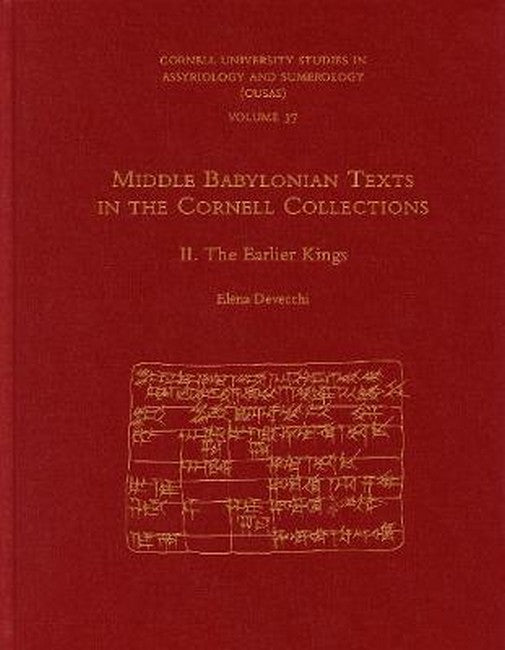Series Editor’s Preface
Acknowledgments
Abbreviations and conventions
Catalogue
Concordances
Introduction
1. Origin of the tablets
1.1. The Nippur area
1.2 Dûr-Enlilç
1.3 House of Enlil-kidinnî, or Bît-Enlil-kidinnî?
2. Remarks on individual text groups
2.1 Accounts of agricultural revenues
2.2 Expenditures
2.3 Flock records
3. Economic activities
3.1 Primary production
3.1.1 Agriculture
3.1.2 Animal husbandry
3.2 Secondary production
3.2.1 Milling
3.2.2 Brewing
3.2.3 Textile industry
4. Administrative structure
4.1. The main actors
4.2. Further officials
4.3 Administrative units
4.4. Storage facilities
4.5 Temples
4.6 Interactions with the royal and provincial government
Texts
1. ADMINISTRATION OF AGRICULTURAL PRODUCTS
1.1 ACCOUNTS OF AGRICULTURAL REVENUES
1.1.1 Annual tçlîtu-accounts of a single town
i. Barley together with other cereals, pulses and cress (1–16)
ii. Sesame (17–21)
1.1.2 Annual tçlîtu-accounts of several towns
i. Barley together with other cereals, pulses and cress (22–23)
ii. Sesame (24)
iii. Wheat (25)
1.1.3 Annual EDIN-accounts for one town (26–36)
1.1.4 Accounts of shares (37–39)
1.1.5 Other accounts of revenues (40–46)
1.2 STORED GOODS
1.2.1 “Stored barley/grain” (47–57)
1.2.2 “Rest of the stores” (58–60)
1.2.3 Stored flour (61)
1.3EXPENDITURES
1.3.1Single expenditures (62–91)
1.3.2Multiple expenditures for one purpose
i. Rations (92–104)
ii. Fodder (105–107)
iii. Seed (108–109)
iv. Production supplies (110–117)
v. Food allocations for temples (118–119)
vi. Loan with interest (120–122)
vii. “Delivery” (123)
viii. Gifts (124–125)
ix. “Exchange” (126)
1.3.3Multiple expenditures for various purposes (127–190)
1.3.4Aklu-expenditures of foodstuffs
i. Single aklu-expenditures (191–235)
ii. Summaries of aklu-expenditures (236–245)
2. ADMINISTRATION OF ANIMAL HUSBANDRY
2.1 Sheep (246–253)
2.2 Goats (254)
2.3 Sheep and Goats (255–262)
2.4 Cattle (263–266)
3. TEXTILE PRODUCTION
3.1 Allocation of wool as work material (267–272)
3.2 Production of garments and textiles (273–290)
4. MISCELLANEOUS ADMINISTRATIVE TEXTS
4.1 Personnel lists (291–292)
4.2 Beer (293)
4.3 Beer and bread (294)
4.4 Beer and draff (295)
4.5 Pig’s fat (296)
4.6 Receipt of aromatics and disbursement of cereals (297)
4.7 Hides (298–299)
4.8 Bricks (300)
4.9 Paint (301)
4.10 Wood (302)
4.11 Sickles (303)
4.12 Sacks (304)
4.13 Metal (305)
4.14 Inventory of precious goods (306)
4.15 Uncertain (307–323)
5. LEGAL TEXTS
5.1 tuppi aḫûzati (324)
5.2 Contract of exchange (325)
5.3 Purchase of an ox (326)
5.4 Settlements of disputes (327–328)
5.5 Loans (329–331)
5.6 Uncertain (332–334)
6. LETTERS (335–338)
7. REFERENCES
8. INDEXES
7.1 Personal Names
7.2 Professions
7.3 Geographic Names
7.4 Temples
7.5 Cuneiform sources
9. PLATES

